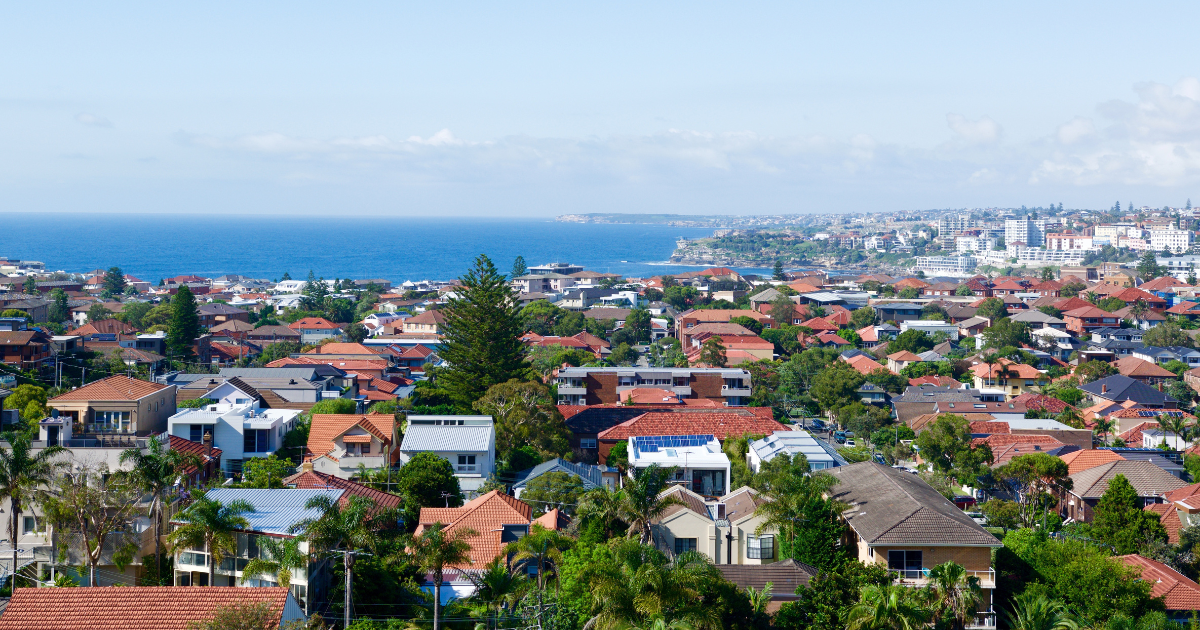As Australia’s property market continues to face the challenges of high interest rates, rising living costs, and ongoing affordability issues, staying on top of the latest stats and trends is more important than ever.
Whether you’re an investor, homeowner, or first-time buyer, understanding these shifts can help you make better decisions and spot opportunities.
With CoreLogic’s September Housing Chart Pack giving us a fresh look at property value changes across the country, let’s dive into what’s happening in Australia’s residential real estate market—and what it might mean for you.
A quarter of declines: What’s happening?
Let’s start with the big picture. Almost 30% of Australian suburbs saw property values fall in the three months leading to August 2024. Yes, the market is still growing overall, but the pace has slowed down. And the numbers tell quite a story:
- 29.2% of suburbs experienced declines, compared to just 17.2% last year.
- Melbourne and regional Victoria were hit hardest, with over 70% of suburbs in both areas seeing value drops.
- Hobart, Darwin, and Canberra also saw more than half of their suburbs decline.
- But in contrast, Perth is going strong—every suburb saw an increase in value.
Melbourne and Regional Victoria: A tough time for affluent suburbs
Melbourne’s property market, along with its regional areas, is facing significant challenges. The numbers from CoreLogic are striking—79.1% of Melbourne suburbs saw declines, and 100% of Mornington Peninsula suburbs recorded a drop in values.
What’s driving this? Well, affordability is becoming a major issue, particularly in affluent areas where rising interest rates are putting extra pressure on homeowners.
Even usually strong areas like Inner-South Melbourne and Inner-East are seeing limited growth, with just a handful of suburbs like Box Hill and Canterbury bucking the trend.
Economist Kaytlin Ezzy says that while national property values are still growing, the situation in Victoria highlights the difficulties many are facing in keeping up with market demands and rising costs.
Western Australia: A bright spot amid the challenges
On the flip side, Western Australia is thriving. In fact, 127 of 146 regional WA suburbs saw property values rise over the past quarter, and all of Perth’s 302 suburbs recorded growth.
Some standout areas include Marmion, with a 1.8% increase, and Henley Brook, which saw a massive 10.6% rise.
This kind of growth is a complete turnaround from the 60.1% decline Perth suburbs saw in September 2022, showing how resilient the market has been.
The spring slowdown
As spring rolls in, we’re entering what’s traditionally the busiest season for property. But this year, the flow of new listings is already above average, and that could signal a slowdown in price growth.
Markets like Adelaide (3.1%) and Brisbane (3.8%) are showing signs of cooling off. As more properties hit the market, we might see competition heating up between sellers—leading to slower growth or even more declines in some areas.
Key market trends in focus
Beyond just price movements, CoreLogic’s September Housing Chart Pack highlighted some other noteworthy trends:
- The total value of Australian residential real estate hit $10.95 trillion in August 2024.
- Sales volumes for the month were at 40,428, bringing the yearly total to over 513,000—up 9.3% from last year.
- Rental growth has slowed down to 7.2% nationally, though Hobart and Canberra saw rental prices drop.
- Dwelling approvals jumped by 10.4% in July, driven by an increase in unit approvals.
- Interestingly, the value of new housing loans went up by 3.9% in July, indicating a steady demand for residential finance.
What does this mean for investors and homeowners?
So, what should you take away from all this? Whether you’re looking to invest or simply want to make smart choices with your own home, here are a few things to consider:
- Keep an eye on local market trends: While markets like Perth are booming, others like Melbourne and regional Victoria are facing tougher times. Understanding what’s happening in your area can help you make more informed decisions.
- Prepare for a competitive spring: With more properties coming onto the market, buyers and sellers might face more competition. If you’re planning to sell, it’s a good idea to adjust your expectations for price growth accordingly.
- Think long-term: As the market shifts now could be a great time to review your property portfolio. Consider refinancing options or explore opportunities in more stable markets like Western Australia to strengthen your position.
Final thoughts
The property market in Australia is undergoing some interesting changes, and while there are challenges ahead, there are also opportunities to be found.
Whether you’re looking to buy, sell, or simply understand the current landscape, keeping informed is the best way to navigate these shifting dynamics.
*This blog is intended for general informational purposes only. For personalised advice tailored to your unique financial situation, please contact NMC Finance.

